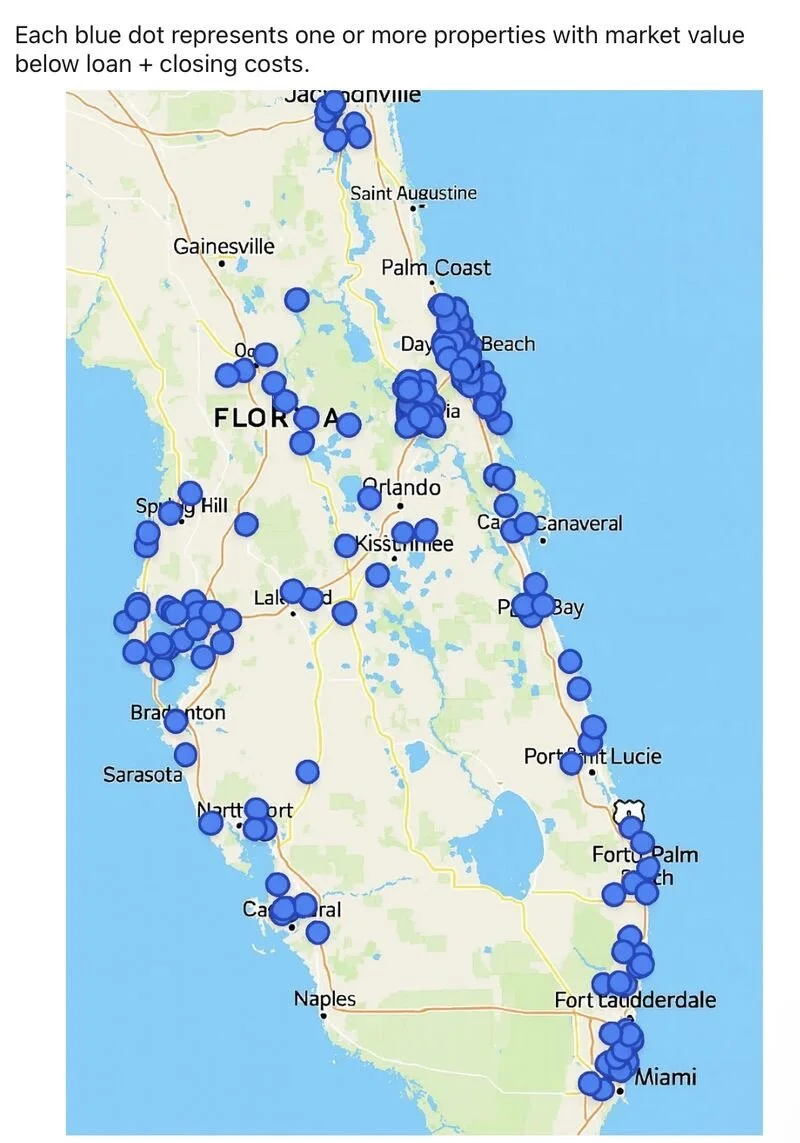As of today, the United States is in the midst of its latest federal government shutdown, now entering its sixth day since funding lapsed on October 1, 2025. The Senate's repeated failure to pass bipartisan funding measures has left millions of Americans—and the economy—holding their breath. While shutdowns are more political theater than total apocalypse, they do create real disruptions, especially for anyone relying on government-backed loans to buy a home.
A Quick Primer: What Happens During a Government Shutdown?
In simple terms, a shutdown occurs when Congress can't agree on a federal budget, forcing non-essential government operations to pause. Essential services—like air traffic control or Social Security payments—continue, but agencies like the Department of Housing and Urban Development (HUD), Veterans Affairs (VA), and the Small Business Administration (SBA) often see staff furloughs and delayed processing. This isn't the first rodeo (remember 2018-2019?), but with the 2025 impasse showing no quick end in sight, it's worth understanding the hits to loan programs that millions depend on.
Government-backed loans make up a huge chunk of the U.S. lending market: FHA insures about 10-15% of mortgages, VA supports veterans' homeownership, USDA aids rural buyers, and SBA fuels small businesses. Here's how the shutdown could throw a wrench in those gears.
Impact on FHA Loans: Delays in Processing and Endorsements
FHA (Federal Housing Administration) loans, popular for first-time buyers with lower down payments, are backed by HUD. During a shutdown, HUD's reduced workforce means slower loan endorsements—the final step where the government guarantees the loan.
What's affected? New loan applications might face processing backlogs, potentially delaying closings by weeks. Existing loans aren't at risk of defaulting due to the shutdown, but if you're mid-process, expect hiccups in paperwork reviews.
Real-world example: In past shutdowns, FHA case numbers (required for origination) took longer to issue, stalling deals.
Flood insurance tie-in: FHA loans often require flood coverage through FEMA, which could also lag, adding another layer of delay.
If you're an FHA borrower, check with your lender for contingency plans—many can work around minor delays by prepping docs early.
VA Loans: Veterans' Benefits on Hold, But Not Hopeless
For active-duty service members, veterans, and eligible spouses, VA loans offer no-down-payment perks backed by the Department of Veterans Affairs. Shutdowns hit here too, with furloughed VA staff slowing certificate of eligibility (COE) issuance and appraisal processing.
Key disruptions: Loan guarantees—the VA's stamp of approval—could be postponed, pushing back closing dates. In the 2019 shutdown, some veterans waited months for resolutions.
Bright side: Lenders like Veterans United have histories of troubleshooting with the VA to keep borrowers on track, often using automated systems for COEs.
Broader effects: Related benefits, like GI Bill payments, might also pause, indirectly stressing finances for military families.
Pro tip: If you're a vet in the loan pipeline, reach out ASAP—many VA-approved lenders maintain hotlines for shutdown-specific guidance.
FHA
Slower endorsements & flood insurance
2-4 weeks
Prep docs early with lender
VA
COE & appraisal backlogs
Up to 1 month
Use automated lender tools
What Should You Do Next? Actionable Steps for Borrowers
Contact us immediately: Most are shutdown-savvy and can outline timelines or workarounds.
Monitor official updates: Check HUD, VA, USDA, and SBA websites for contingency plans—though ironic, their shutdown pages often stay live.
Build a buffer: Have extra cash for potential rate locks or temporary housing if closings slip.
Stay informed on negotiations: Bipartisan deals can resolve shutdowns overnight; follow reliable news for breakthroughs.
The Silver Lining: Shutdowns End, and Loans Endure
Government shutdowns are frustrating footnotes in history, not deal-breakers for homeownership or business dreams. While the 2025 stalemate drags on—with no resolution in sight as of October 7—these disruptions are temporary. Existing loans remain secure, and once funding resumes, agencies play catch-up fast. If you're eyeing a government-backed loan, now's the time to get your ducks in a row—delays beat derailed dreams.
What are your thoughts on this shutdown?
Drop a comment below if you're navigating a loan process right now.
Stay resilient, America.

